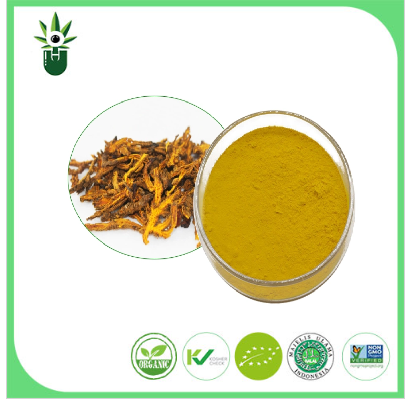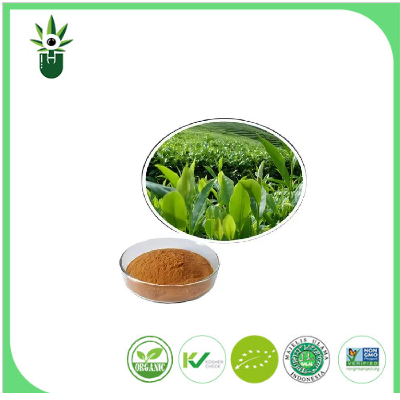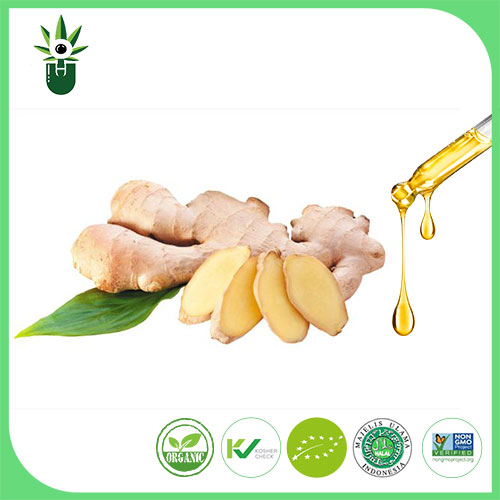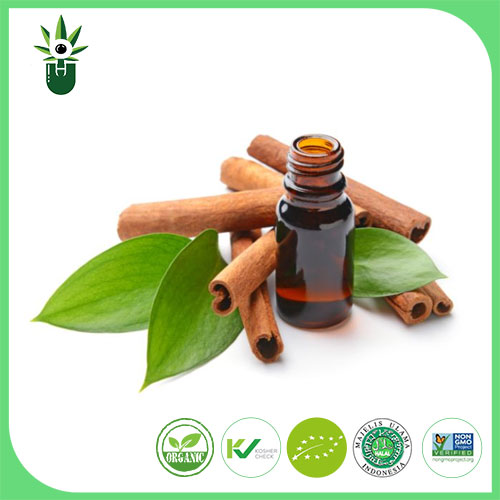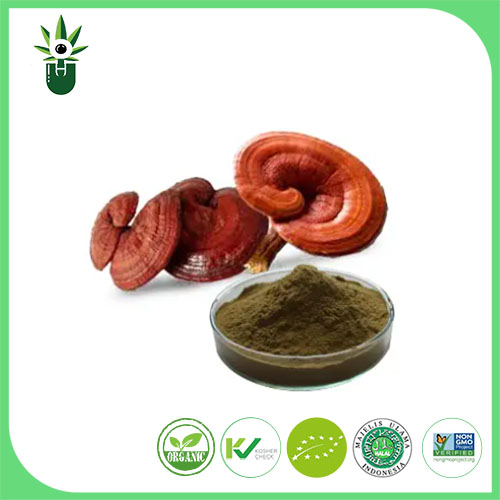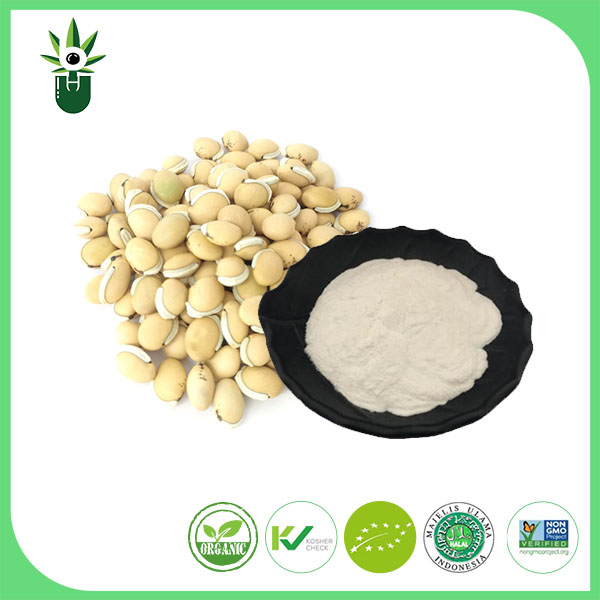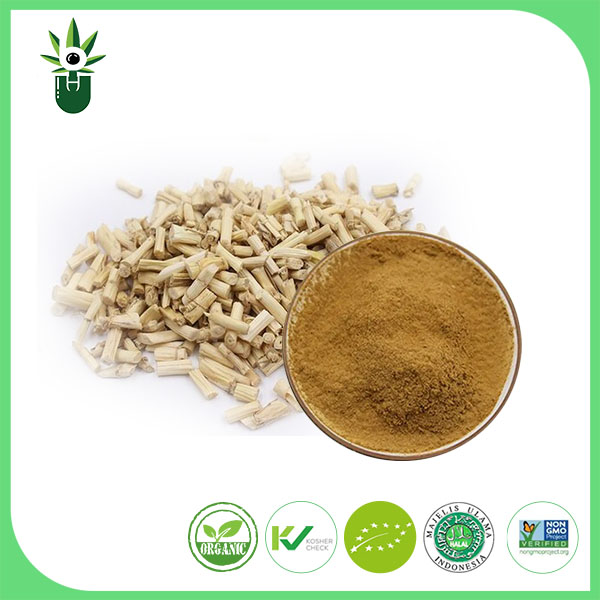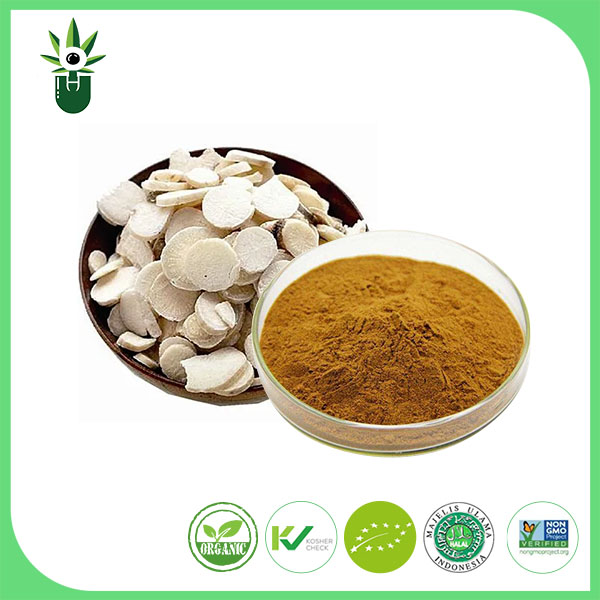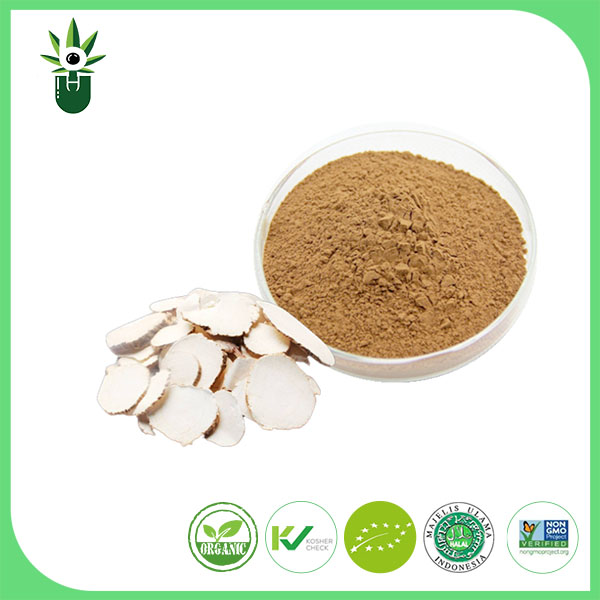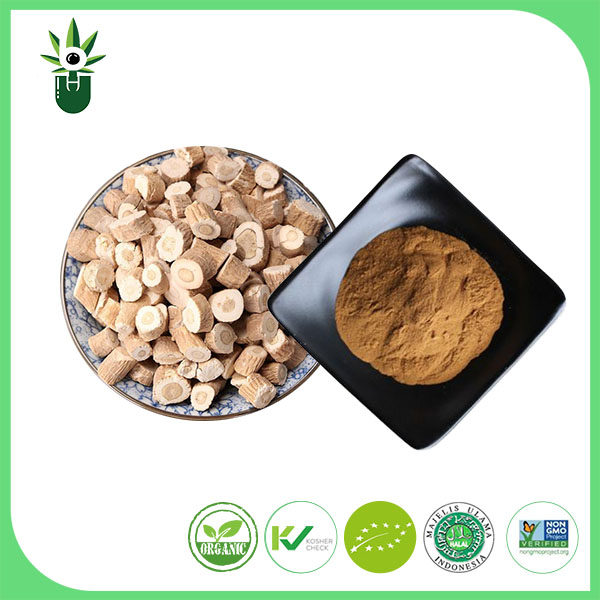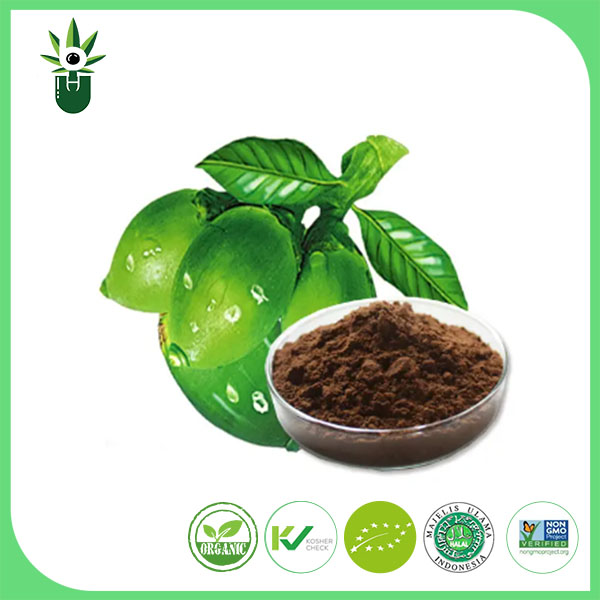
- English
- Español
- Português
- русский
- Français
- 日本語
- Deutsch
- tiếng Việt
- Italiano
- Nederlands
- ภาษาไทย
- Polski
- 한국어
- Svenska
- magyar
- Malay
- বাংলা ভাষার
- Dansk
- Suomi
- हिन्दी
- Pilipino
- Türkçe
- Gaeilge
- العربية
- Indonesia
- Norsk
- تمل
- český
- ελληνικά
- український
- Javanese
- فارسی
- தமிழ்
- తెలుగు
- नेपाली
- Burmese
- български
- ລາວ
- Latine
- Қазақша
- Euskal
- Azərbaycan
- Slovenský jazyk
- Македонски
- Lietuvos
- Eesti Keel
- Română
- Slovenski
- मराठी
- Srpski језик
Ganoderma Lucidum Extract
Ganoderma lucidum is a sedative, which is the dried fruiting body of the porous fungus family Ganoderma lucidum or Zizhi. The pharmacological components of Ganoderma lucidum are very rich, including polysaccharides, nucleosides, furans, sterols, alkaloids, triterpenes, oils, various amino acids and proteins, enzymes, organic germanium, and various trace elements. Ganoderma lucidum extract has the functions of tonifying qi and calming the mind, relieving cough and asthma.
Send Inquiry
Ganoderma lucidum is known as the "mushroom of immortality" in China and has been used in Oriental medicine for over 2,000 years. In recent years, its active ingredient has been the subject of intensive research, focusing primarily on its apparent ability to prevent or treat certain cancers, liver disease, HIV infection, acute or cyclic herpes virus infections, hypertension, chronic bronchitis, allergies, and asthma. helpful, as well as the ability to benignly regulate immune function. Ganoderma mainly grows in the wild on decaying wood or tree stumps in China's coastal provinces. Its fruiting body is mainly used medicinally. The source is the dried fruiting body of the Polyporaceae fungus Ganoderma lucidum or Purple Zhizhi.
The main components of Ganoderma lucidum are polysaccharides and triterpenoids:
Polysaccharide - its main composition is beta-D-glucan combined with amino acids. These ingredients are known to have immunomodulatory and anti-cancer properties.
Triterpenoids - such as ganoderic acid, have been shown to lower blood pressure, reduce platelet stickiness and may lower LDL-cholesterol.
Other major active substances - including sterols, coumarin and mannitol.
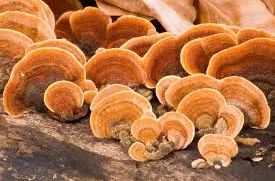

Product introduction
|
Product name |
Ganoderma lucidum extract |
|
Source |
Ganoderma lucidum |
|
Extraction part |
fruiting body or mycelium |
|
Specifications |
Polysaccharide 10%-30% |
|
Appearance |
Brown yellow powder |
Application
1. Medicine.
2. Health products.

